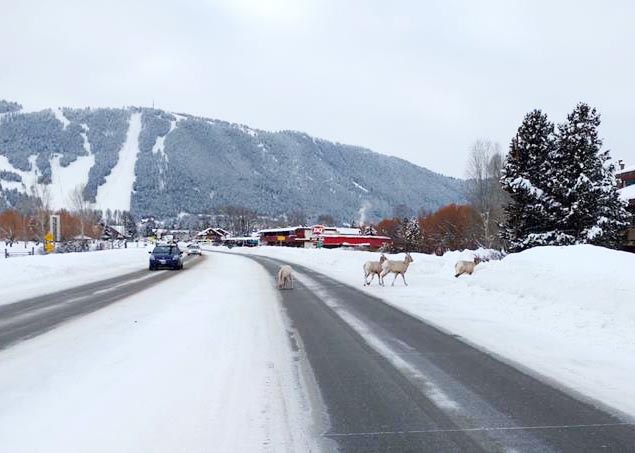
by jhwildlife | Jan 30, 2017 | Blog, Give Wildlife a Brake, Nature Mapping Jackson Hole
Our collective Nature Mapping observations create a long-term dataset of wildlife distribution throughout Jackson Hole. The obvious benefit is that these data provide a more comprehensive view of how wildlife use the valley. The less obvious product of the database is that it includes data that show us how human presence affects wildlife, often in the form of wildlife mortality. The most common reference source for human-caused wildlife mortality is the Jackson Hole Wildlife Foundation’s Wildlife-Vehicle Collision Database. It contains data derived from WYDOT and Wyoming Game & Fish carcass and crash counts, but also includes Nature Mapping observations from citizens who report roadkill to JHWF at 307-739-0968, or enter their roadkill observations directly via their Nature Mapping account. All of these records eventually are cross-checked to remove duplicates. It is an important resource, adding to our local knowledge, and helping to inform county-wide plans to find solutions that save wildlife and make our highways safer for drivers.
The Wildlife-Vehicle Collision (WVC) Database captured 259 collisions in 2015. Data for the 2015 update was acquired from the following data sources: Wyoming Department of Transportation – Carcass (118), Wyoming Department of Transportation – Crash (70), Wyoming Game and Fish Wildlife Observation System (33) and Nature Mapping Jackson Hole (28). In total, the WVC database contains 46 total species with mule deer, white-tailed deer, elk and moose being the most prominent species involved in WVCs.
The below map shows where the most frequent collision points are on the local highway network. The highlighted areas had the highest number of collisions from 2013-2015. During this intense winter of 2016-2017, these data have helped us to pinpoint places to add emergency mitigation measures. If you see a dead animal on the side of the highway – small mammals and rodents as well as ungulates – please enter it into the Nature Mapping database, or call us at 307-739-0968 with precise location and time and our staff will enter it. We are likely underestimating the number of animals struck on the highways – certainly for non-ungulates – and our future solutions will depend on our ability to accurately capture what is happening on the roads. Thank you for your help!
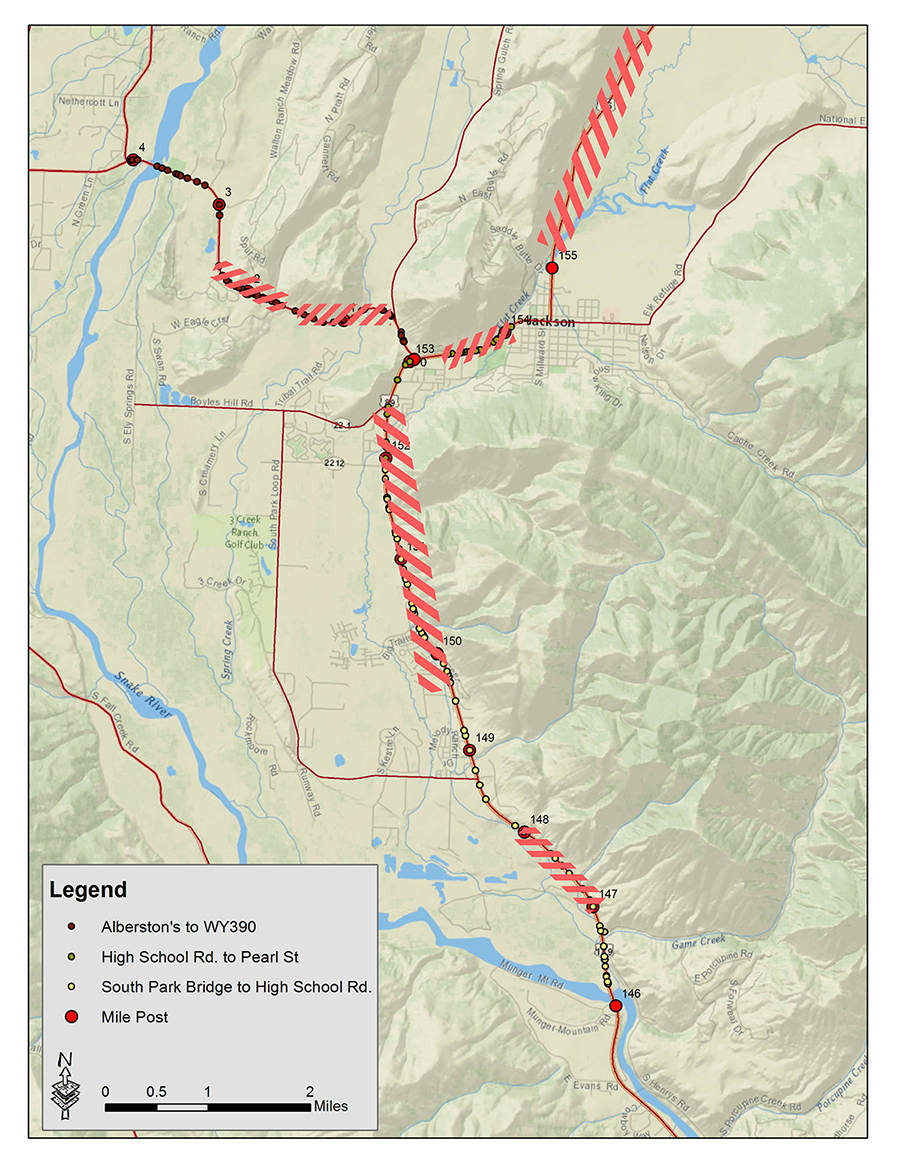
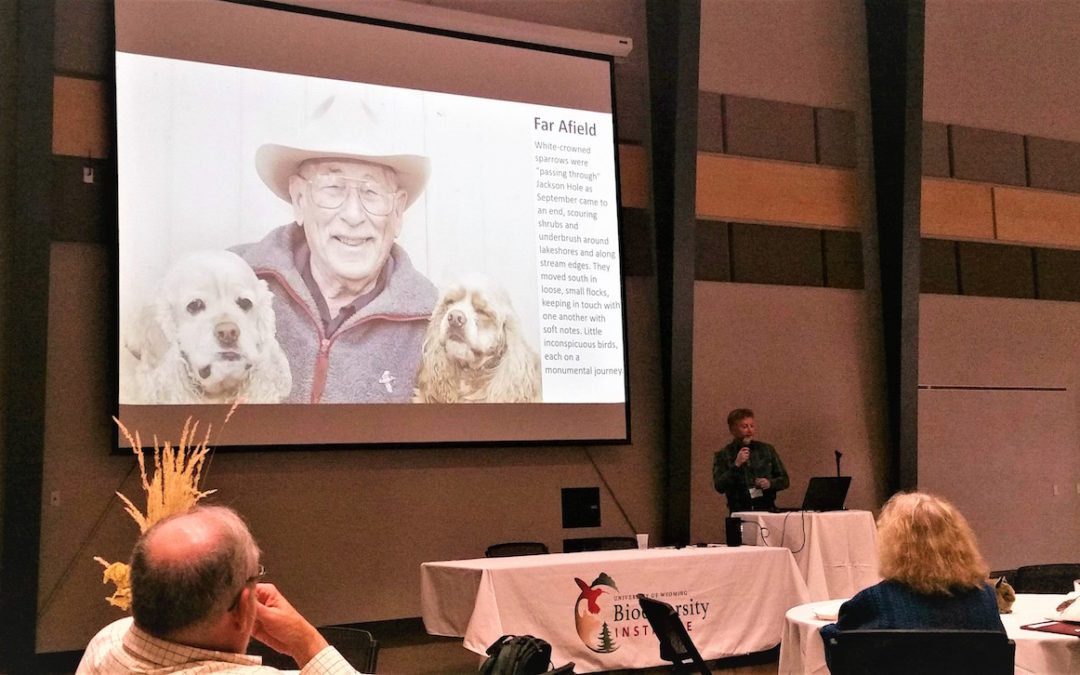
by jhwildlife | Dec 16, 2016 | Blog, Nature Mapping Jackson Hole
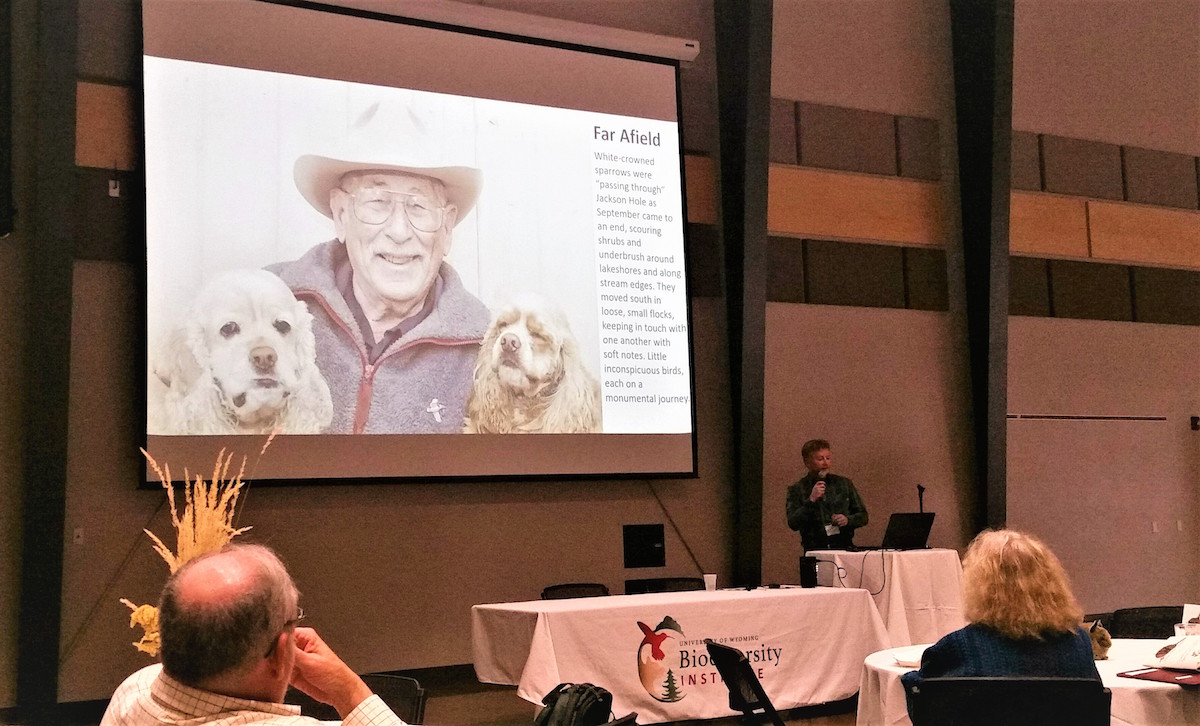
JHWF ED Jon Mobeck presents on the artistry of citizen science and the conservation legacy informing Nature Mapping Jackson Hole.
Earlier this month the University of Wyoming Biodiversity Institute hosted the first ever Wyoming Citizen Science Conference in Lander. Several representatives from the Jackson Hole Wildlife Foundation (JHWF) and Nature Mapping Jackson Hole (NMJH) attended the conference with the aim of learning from other citizen science practitioners across the state and of sharing what we have learned from the past eight years of running our program. The conference proved to be very valuable.
The variety of citizen science programs represented was immense and indicative of the breadth and depth available in Wyoming. For example, modeled on NMJH, Laramie sponsors both a winter and summer “Moose Day” with up to 38 transects and over 80 volunteers. Rocky Mountain Amphibian Project conducted a survey of chytrid fungus in frogs and toads throughout the state, including Teton County. A PhD student studied how geo-tagged imagery can enhance surveys by providing follow-up ID, unbiased assessments, and long-term documentation of plants and animals. Museums around the country are recruiting citizen scientists to review historical specimens, including label information on University of Wyoming herbarium sheets. Road Scholar (formerly Elderhostel) volunteers are chronicling archaeological sites in the Wind River Mountains. Associated with the North American Butterfly Association, twenty citizen scientists have tracked approximately 28 species of butterflies in a count circle in Lander for a decade. These are only a few of the amazing projects presented.
The core focus of the conference was on the problems and solutions that citizen science program managers and volunteers face. Several speakers talked about the difficulty of designing data sheets that capture essential information while also being user–friendly. Project directors need to enter and analyze data relatively quickly to keep citizen scientists engaged: volunteers are rewarded by seeing results of their work. Social occasions help build a concerned community. While ensuring quality remains challenging, with sufficient training citizen scientists produce solid scientific data. For instance, the Rocky Mountain Amphibian Project compared the quality of data collected by volunteers vs. bio-techs with very similar results. In short, presenters concluded, “Citizen scientists rock!” And we have a lot to learn from each other.
Our role in the conference:
On the whole, 65 conference participants came from across Wyoming, and even Idaho and Vermont too – all from a mix of individual citizen scientists, nonprofit organizations, primary and higher educational institutions and federal agencies.
JHWF was a silver-level sponsor for the Wyoming Citizen Science Conference, and our Associate Director Kate Gersh served on the program planning committee, which helped select presenters and set the agenda. Over the course of nearly two full days, here are a few programs that were presented by JHWF board, staff, and partners:
- “Lessons Learned: Eight Years of a Citizen Science Program in Jackson Hole” – Aly Courtemanch
- “Values Driving Conservation: Citizen Science as Interactive Art” – Jon Mobeck
- “Fundraising for Citizen Science: Experiences and Advice” – Kate Gersh, Anya Tyson, Wendy Estes-Zumpf, Frances Clark (in absence)
- Poster Presentation: Nature Mapping Jackson Hole: Mapping Community Solutions ̶ Kate Gersh
- Poster Presentation: Monitoring Wildlife Crossings on South Highway 89 ̶ Paul Hood
- “Bringing Citizen Science into the Backcountry: Emerging Best Practices to Engage Outdoor Education Organizations” – Anya Tyson
- Screening of Far Afield: A Conservation Love Story
Importantly, one of NMJH’s lead volunteers Tim Griffith attended the conference and contributed much to the conversation. Based on the latter and the abovementioned, we believe we successfully expanded awareness of Nature Mapping Jackson Hole statewide and regionally, thereby opening opportunities for greater community connections. This was a proud experience for us and we feel honored to have represented on behalf of everyone who has been involved with NMJH.
Next steps for Citizen Science
What comes next? Well, based on survey responses, conference participants have expressed a desire for open communication and collaboration between citizen science groups, as well as, one central location to list project information. The Biodiversity Institute is excited to share that they have begun the process of planning a website to act as a citizen science clearing house. It will provide a forum for discussion around citizen science projects in our region and to glean tips and ideas for best practice. It will also help to incorporate our projects into the classroom. In addition, the idea of a dedicated newsletter for citizen science groups in Wyoming is under discussion.
The hope is that this conference will take place again next year, giving us the opportunity to follow-up on tactics and ideas that were shared. We have much to learn still about volunteer recruitment and retention, fundraising, risk management, data collection and submission, data sharing and dissemination, evaluation and the list goes on. JHWF will be sure to keep you updated on new developments as they come about. Stay tuned as we continue to explore the potential of all that Nature Mapping Jackson Hole has to offer!
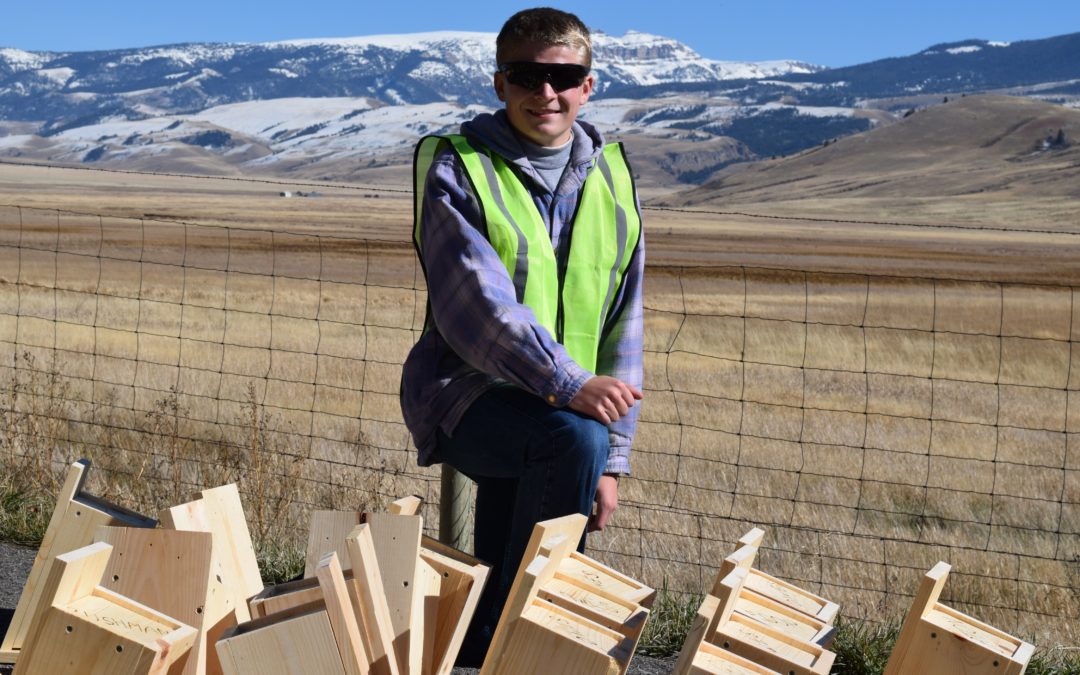
by jhwildlife | Oct 26, 2016 | Blog, Nature Mapping Jackson Hole

Eagle Scout is the highest achievement or rank attainable in the Boy Scouting program of the Boy Scouts of America. The requirements necessary to achieve this rank take years to fulfill, and must include completion of an extensive service project that the Scout plans, organizes, leads, and manages. Luckily for the Jackson Hole Wildlife Foundation, prospective Eagle Scout Maclain Smith from Utah, made us the beneficiary of his service project. This past Friday afternoon, Maclain came up to Jackson to install 52 Mountain bluebird nestboxes that he and fellow Scouts constructed by hand.
With lots of laughs and great spirit, Maclain and nine of his family members spent a sunny autumn afternoon installing new pinewood nestboxes on half of our Mountain bluebird trail that runs along the western boundary of the National Elk Refuge. Our old nestboxes (that served their purpose for 13 years!) were taken to Teton Recycling Center where they will be repurposed into wood mulch and used for gardening and landscaping purposes. After 13 years, we felt it time to retire the old nestboxes as they had seen many repairs over the years, but their deteriorating condition was starting to present challenges in terms of predator control and protecting nests from bad weather conditions.
Not only are we fortunate to have the help of Maclain, but we currently have two more prospective Eagle Scouts producing a total of 72 additional nestboxes that will be installed this coming spring. Of these 72 — the other half of our trail will receive 52 new nestboxes, we are looking into placing additional nestboxes elsewhere on the National Elk Refuge, and keep a few in storage. Thank goodness for Scouts!
Click here to see a photo gallery documenting Maclain installing new Mountain bluebird nestboxes with the help of his family and JHWF staff.
Click here to read an account of the project published by the National Elk Refuge.
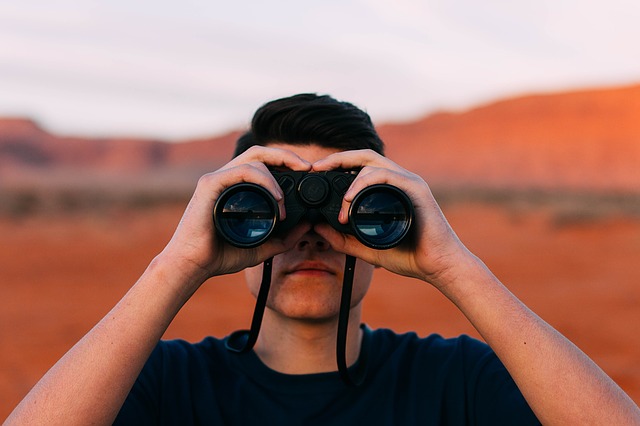
by jhwildlife | Oct 17, 2016 | Blog, Nature Mapping Jackson Hole
Registration is now open for the first ever Wyoming Citizen Science Conference! Hosted by the UW Biodiversity Institute, the conference will involve keynote and breakout sessions that guide program managers and citizen science participants (teachers, Scout leaders, community activists, etc.) to weigh in on what works well (and what doesn’t) in terms of having a successful, impactful citizen science program. The conference will be held in Lander, Wyoming, on December 1-2, 2016, and with an optional day on Saturday, December 3 to attend focused workshops.
We hope you can join us. The Jackson Hole Wildlife Foundation will be in attendance to represent Nature Mapping Jackson Hole – delivering two oral presentations and presenting two project posters in addition to, screening the film Far Afield. We’ll mainly be talking about lessons learned from the past eight years of Nature Mapping Jackson Hole, sharing our experiences and intending to learn much from others in attendance that will come from across the state. The organizers of this inaugural event hope to have a strong representation from active citizen scientists, not just those serving in professional capacities. Register today and come learn, share and be inspired!
Details on the conference agenda can be found here.
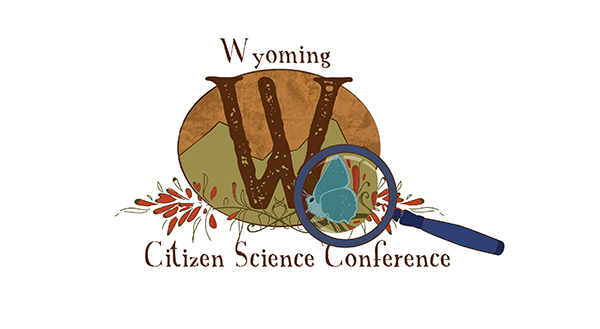

by jhwildlife | Sep 1, 2016 | Blog, Nature Mapping Jackson Hole
The Jackson Hole Wildlife Foundation (JHWF) is proud to support the 2016 Wyoming Citizen Science Conference! JHWF’s Associate Director, Kate Gersh, serves on its program planning committee. We are also supporting the conference as a silver-level sponsor. Taking place this coming December in Lander, the Wyoming Citizen Science Conference (hosted by the UW Biodiversity Institute) is the first of its kind in our state, and will focus on the problems and solutions that citizen science program managers and volunteers face when implementing and participating in programs. Wyoming in particular faces interesting and specific challenges when designing, delivering, maintaining and evaluating citizen science programs. How does the state’s rural population influence recruitment and retention? How does the remoteness of some study areas and the high diversity of plant and wildlife impact study design? How can we make citizen science accessible and useful to teachers? What laws and rules do we need to be aware of?
We anticipate approximately 200 attendees, including program organizers, educators and citizen science volunteers. JHWF staff and many of Nature Mapping Jackson Hole’s Scientific Advisory Committee members plan to attend and present. JHWF also encourages our community’s citizen scientists to directly participate in the conference by delivering presentations or workshops of your own accord. Download the call for proposals here.
Proposals are due Sunday, September 18, 11:59 pm MST. Submit the completed form in Word or PDF format to UW Biodiversity Institute Project Coordinator Brenna Marsicek at brenna.marsicek@uwyo.edu.
Also, please save the conference dates of December 1-3, 2016, in your calendars. We very much hope to see you at this unique event that will for the first time link our statewide efforts.









